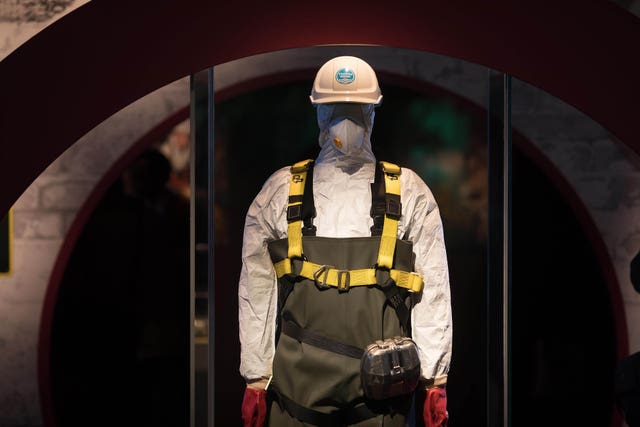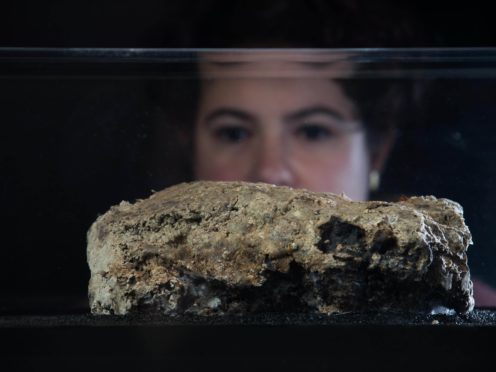A TV show will feature an “autopsy” on a giant fatberg – as a section from another of the gruesome objects goes on display in a museum.
The last remaining piece of the Whitechapel fatberg, which once weighed 130 tonnes and stretched over 250 metres, is going on show at the Museum of London.
Meanwhile, Channel 4 will take an “in-depth look” at the phenomenon in a one-hour programme.
Producers have been given exclusive access to a recently detected fatberg, believed to be one of the largest found in London and “possibly dwarfing the infamous Whitechapel discovery”.

The “modern monster from the sewers” will be dissected “to find out what is clogging these vital pipes and tunnels” in the programme, presented by Rick Edwards.
The show is Channel 4’s first commission from BBC Studios, the BBC’s commercial production business.
BBC Studios’ executive producer Paul Overton said: “The project promises to be both shocking and fascinating and should be an unforgettable sight for viewers.”
The fatberg at the Museum of London goes on display on Friday.
The fatberg is coming to the Museum of London. Do you dare face it on 9 February? https://t.co/LE7sul7I9K #fatbergiscoming pic.twitter.com/Pj0R1I18cp
— Museum of London (@MuseumofLondon) February 7, 2018
The museum’s curator of social and working history Vyki Sparkes said it had been an “incredible challenge to preserve” the last remaining piece of the object.
“As the Museum of London, it’s important that we display things that reflect the highs and lows of living in the city, today as well as in the past,” she said.
“Fatbergs are disgusting, fascinating things which mark a particular moment in London’s history, created by people and businesses who discard rubbish and fat which London’s Victorian sewer system was never designed to cope with.”

Thames Water spokeswoman Becky Trotman urged people not to “feed the fatbergs… growing under our feet”.
She added: “The Whitechapel fatberg became a global celebrity but we didn’t think for a second it would end up on display at a museum.
“Fatbergs are lurking, congealing and growing fast under our feet and as soon as we clear one, another is growing somewhere else in our sewer network.”
